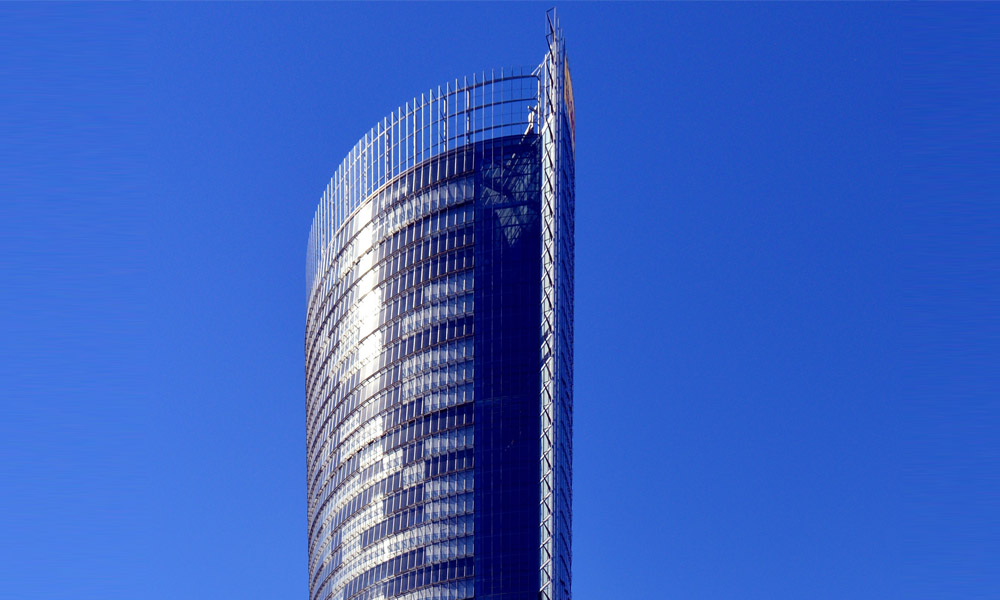

The Price Trends of 8mm Float Glass An Overview
In the construction and manufacturing industries, float glass is a crucial material. It is widely utilized in windows, facades, and a variety of other applications due to its clarity, flatness, and durability. Among the various thicknesses available in the market, 8mm float glass has gained popularity, particularly for commercial and residential buildings. This article aims to explore the factors affecting the price of 8mm float glass as well as current market trends.
Understanding Float Glass
Float glass is produced using a process that involves floating molten glass on top of molten tin, creating a smooth and uniform surface. This method allows for a high level of optical clarity and minimal distortion. The standard thickness of float glass ranges from a few millimeters to several centimeters, with 8mm being a common choice for various applications such as glass doors, partitions, and large windows.
Factors Influencing Price
The pricing of 8mm float glass is influenced by a combination of factors
1. Raw Material Costs The primary materials used in manufacturing float glass are silica sand, soda ash, and limestone. Fluctuations in the prices of these raw materials directly impact the cost of glass. For instance, a rise in the price of silica sand due to increased demand in other industries can lead to higher float glass prices.
2. Production Costs The production process of float glass is energy-intensive, often requiring large amounts of electricity and gas. Changes in energy prices can significantly affect overall production costs, subsequently influencing the final price for consumers.

3. Transportation and Logistics The cost of transporting float glass from manufacturing facilities to suppliers or end-users can be a significant factor. Rising fuel prices or logistical challenges such as delays and supply chain issues can contribute to higher prices.
4. Market Demand and Supply The demand for 8mm float glass can fluctuate based on trends in the construction and renovation sectors. A booming real estate market typically leads to increased demand, which can drive prices up. Conversely, during economic downturns, reduced construction activities can lead to oversupply and, thus, lower prices.
5. Geopolitical Factors Trade policies, tariffs, and geopolitical tensions can have ripple effects on the glass market. For example, restrictions on imports or exports of critical materials can create supply chain bottlenecks, influencing prices.
Current Market Trends
As of late 2023, the market for 8mm float glass has seen several noteworthy trends. The ongoing recovery of the construction industry post-pandemic has led to heightened demand for float glass, pushing prices upward. Energy concerns, particularly in Europe and North America, have also resulted in higher production costs. Manufacturers are finding it challenging to maintain profit margins while dealing with rising raw material and energy costs.
Moreover, innovations in glass manufacturing, such as energy-efficient coatings and laminations, are being introduced, potentially impacting the price dynamics. While these advancements may initially increase production costs, they can lead to long-term savings in energy consumption and enhance property value, making them attractive to consumers.
Conclusion
The pricing of 8mm float glass is a complex interplay of multiple factors, from raw material costs to market dynamics. As the construction industry continues to evolve and demand fluctuates, stakeholders must remain vigilant about pricing trends. For consumers, understanding these variables can lead to more informed purchasing decisions. Whether engaging in a large-scale construction project or a home renovation, being aware of the factors that contribute to the price of float glass is essential for budgeting and maximizing value. As the market continues to develop, staying informed will be key to navigating the evolving landscape of float glass pricing.